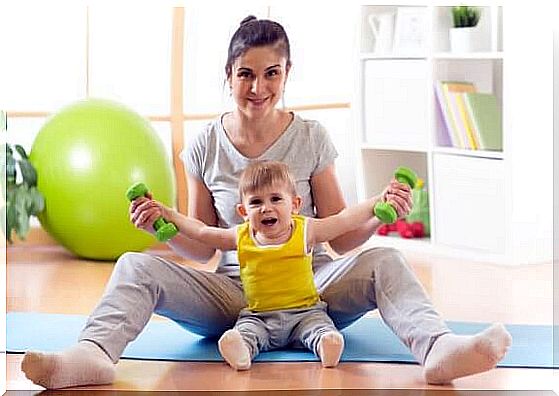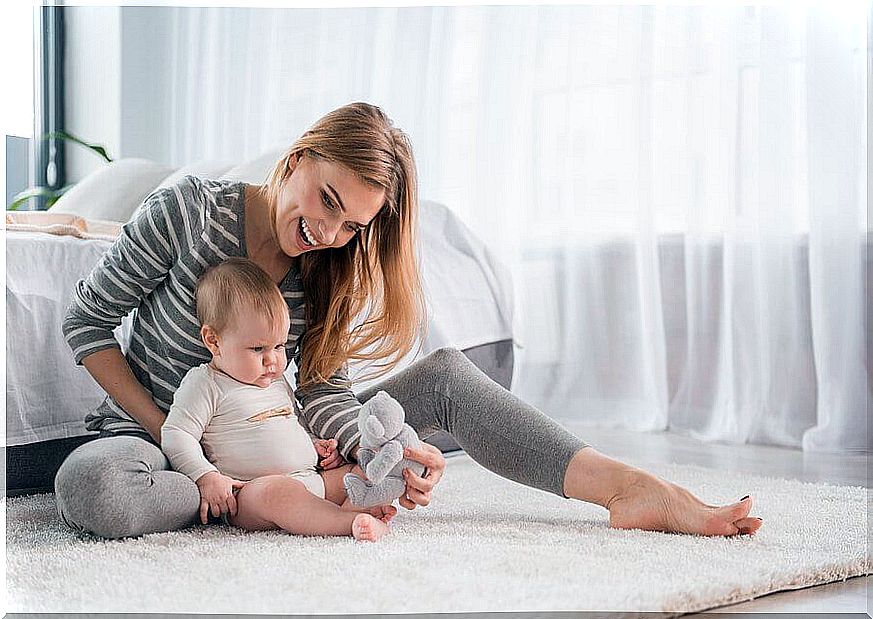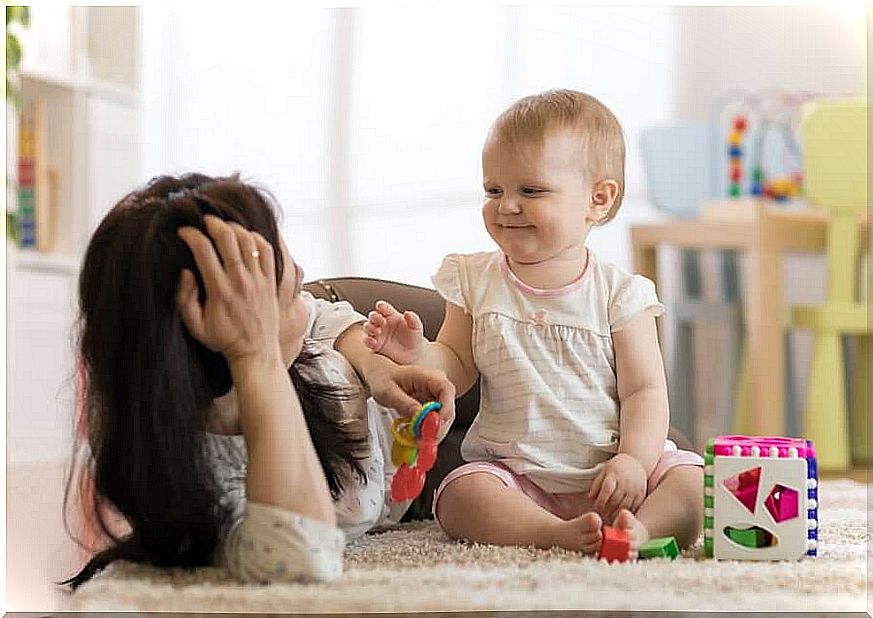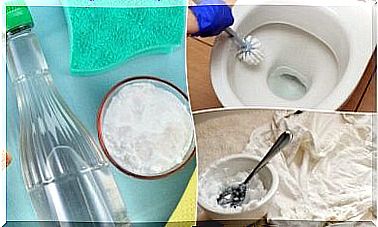How To Teach Your Baby To Sit
Sitting up on your own is a preliminary stage to crawling and finally to getting up. It is an important milestone in psycho-motor development.

As parents, we impatiently wait for our babies to perform their first heroic deeds: their first smile, crawl, their first steps. So then we’ll give you a few tips on how your baby can learn to sit. But don’t forget: everything takes time!
By watching your baby, you can tell if it’s time to learn to sit without hurting your back. It is best not to get him to adopt this posture too soon. The baby will eventually sit up on its own.
He should be given the opportunity to be at home for as long as possible in comfortable clothing and in familiar surroundings, where he can experience and try out his body. When your baby reaches certain development milestones, you can teach your baby to sit .
How do you know if your baby is ready to sit?

It is a mistake to try to speed up the baby’s learning process and development. Every child is unique and there shouldn’t be a set schedule for learning certain things. Because some children take longer than others.
Just as some babies get teeth at 3 months and others only at 8 months, there are no fixed guidelines for sitting either. One should wait until it has reached the necessary maturity. Some babies start sitting up at 6 months, others only when they are one year old.
Nonetheless, you can watch out for the following signals. If the child lies down with their mouth down and then turns around on their own, that is already the first step. It also stresses the lateral abdominal muscles.
Another sign is when the baby is slowly straightening up on its own. This often happens around six months of age, but it is not a must. It can also be between 8 and 12 months.
Sitting … a great moment
When your baby learns to sit, it means a great step forward in psychomotor development. This position strengthens his back muscles and prevents possible discomfort when he starts walking.
After it successfully sits up, its body prepares to crawl and run.
Because of this, you have to sit up the baby before it is ready, i.e. before the muscles allow this movement. If your little one manages to sit up, it gives them more independence to play.
Sitting offers him a completely new perspective on his surroundings. In this position it is exposed to new stimuli, which promote intelligence and curiosity. In addition, his senses awaken and the little one wants to explore everything.
Exercises to help the baby learn to sit
You are probably wondering if you can teach your baby to sit up. To help your baby sit down, you can help them strengthen their muscles with a few specific exercises.
This won’t speed up the learning process, but it will make it a little easier for the baby.
The exercises also give you the opportunity to enjoy time with your baby. In this way you can actively participate in its development.
Before you begin the exercises to teach your baby to sit, they should have reached other milestones in their psychomotor development. For example, they should be able to hold their head while lying down and pretend to sit down when you take their hands.
Gymnastics with the baby

For the exercises to stimulate your baby, you can put a blanket on the floor and get started. First we strengthen his abdominal muscles, the spine as well as the back, neck and arm muscles! It’s best to have a few of his favorite toys within easy reach.
- Lay your baby face up. Then sit across from him and take his hands. Slowly lift it up until it sits down, then put it back down. Repeat this movement three or four times.
- When you are on the floor, sit your baby up and hold her by the hips. Stay like this for a few seconds, then put it back down so it can rest. Repeat this exercise three or four times so it doesn’t get too strenuous.
- Place your baby on your lap so that they can support themselves against you. Play clapping or any other traditional game with him. From time to time you can detach his back from you so that he can sit up on its own. You can also support it on the arms when it is not leaning against you.
- Lay your child face up. Then place a flashy toy on his stomach so it will try to reach for it. Your baby will try to reach out and reach for it.
- It’s also a good idea to lay it face up and try to slowly tilt it to the right and left.
Don’t overload your baby
If you find that your baby is losing interest, stop doing the exercises. As with any other advancement, the secret is to stimulate it, not to overload it.
The baby shouldn’t be completely exhausted. The goal is for you to have fun together and keep trying. Then there will soon be a seated photo!









